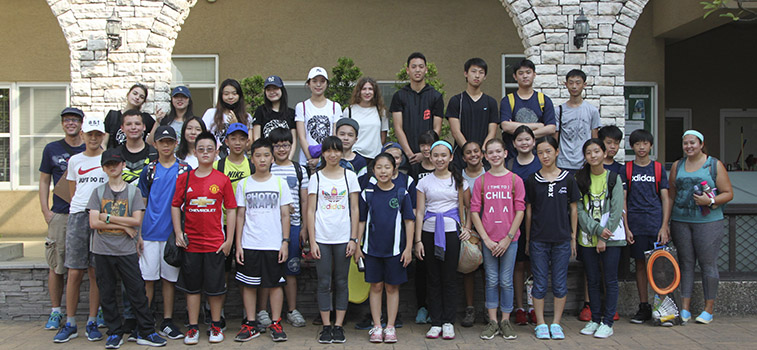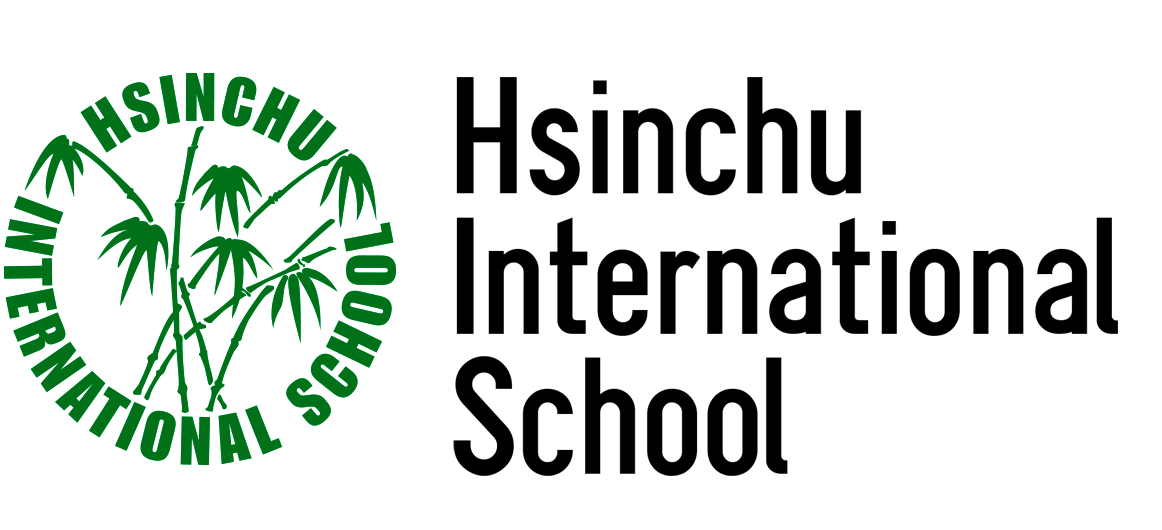Our vision is to foster excellence in scholarship and character within a stimulating, caring community; to provide an engaging environment that captivates the student's intrinsic curiosity in order to foster a life-long love of learning; to recognize and further the individual's talents of each student in our community, with character development being as much as educational expectation as academic achievement.
Once a student’s innate curiosity is aroused the whole learning process has already started and it is our job to extend this process with joy and enthusiasm. As such, the HIS Secondary Department supports the 10 Common Principles of the Coalition of Essential Schools (CES). The Coalition of Essential Schools’ Common Principles, based on decades of research and practice, reflect the wisdom of thousands of educators successfully engaged in creating personalized, equitable, and academically challenging schools for all young people.
- Open or Close
-
Framework for the Curriculum 1
Open or CloseThe HIS curriculum can best be summed up in three words; Personal, Relevant and Rigorous. A Personal curriculum is one that students make their own. It is tailored to meet the students at their level of personal development. Although each student is expected to meet the HIS Student Outcomes, how they do so will be different for each child. This Personalization can only be done by delivering a highly differentiated curriculum for each student. A Relevant Curriculum is one that relates to the real world and to the lives of the students. This is accomplished not only through differentiation but also through numerous opportunities to interact with the world outside of the school walls. Within the school walls, because of the highly personal nature of HIS, teachers are able to make the curriculum relevant to the students each year. A Rigorous Curriculum is accomplished through helping students learn to effectively use their minds well. This trained mind works well both inside the school and outside in the real world. Students will actively learn how to figure out the world around them through the careful mentoring from our highly trained and caring teachers.
The curriculum at HIS is a dynamic and organic document which changes to meet the individual needs of the learner from year to year. However, within this changing document, the HIS Student Outcomes and CES Common Principles act as our guide. Each curricular decision we make is based on these two guides. We look at the Student Outcomes as answering “Why we are teaching what we teach” and the CES Common Principles as providing the philosophical roadmap for “How we teach.” If something cannot be tied back to either of these guides than we simply don’t do it.
The HIS curriculum focuses on the development of the whole child. While we believe that providing each student with a rigorous academic experience is important, we also believe that helping children become conscientious members of society to be equally important. In addition to a rigorous academic study of the world around them, students will be engaged in real-world experiences through community service, internships and field trips both in and outside of Taiwan. The curriculum of HIS will provide students with choices upon graduation. We aim to open as many doors as possible for our students.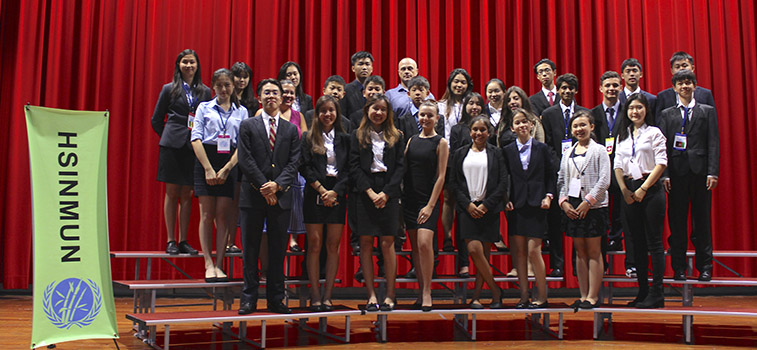
-
Framework for the Curriculum 2
Open or CloseMastery – The school's goals should be that each student masters a limited number of essential skills and areas of knowledge. While these skills and areas will, to varying degrees, reflect the traditional academic disciplines, the program's design should be shaped by the intellectual and imaginative powers and competencies that the students need, rather than by "subjects" as conventionally defined. To facilitate this process, the school will divided into three “Learning Institutes” representing grades 7 & 8, 9 & 10 and 11 & 12 respectively.
Personalized – Teaching and learning should be personalized to the maximum feasible extent. Efforts should be directed toward a goal that no teacher have direct responsibility for more than 50-60 students. (To capitalize on this personalization, decisions about the details of the course of study, the use of students' and teachers' time and the choice of teaching materials and specific pedagogies must be unreservedly placed in the hands of the principal and staff.)
Experiential Learning – Teaching and learning should also involve a process of actively engaging students in an experience that will have both potential benefits and consequences. Students are helped to make discoveries and experiment with knowledge themselves instead of hearing or reading about the experiences of others. Students also reflect on their experiences, thus developing new skills, new attitudes, and new theories or ways of thinking.
Field Trips – One important form of experiential learning for students at HIS are educational field trips, both domestic and abroad. Such experiences allow students to learn about both life and other cultures beyond their current range of experiences.
Internships – Another important form of experiential learning for students at HIS are career/vocational internships. Such experiences allow students to learn about the world of work without having to make a permanent commitment to one field or another.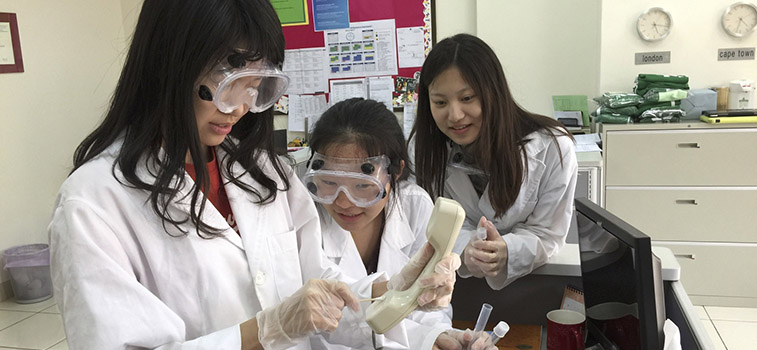 Focus on the Arts – Beyond the qualities of creativity, self-expression, and communication, the arts teach young people the true meaning of work, the importance of imagery, as well as exposing them to the wide range of human values and emotion. Through art, our students learn the meaning of work – the joy of work done to the best of one’s ability, for its own sake, for the pure satisfaction of a job well done. By teaching our students to describe, analyze, and interpret art, we also enhance their powers of verbal expression. When we study the arts, we expose our students to the expression of a wide range of human values and concerns. We sensitize students to the fact that values shape all human efforts, and that creative expression can also affect their personal value choices.
Focus on the Arts – Beyond the qualities of creativity, self-expression, and communication, the arts teach young people the true meaning of work, the importance of imagery, as well as exposing them to the wide range of human values and emotion. Through art, our students learn the meaning of work – the joy of work done to the best of one’s ability, for its own sake, for the pure satisfaction of a job well done. By teaching our students to describe, analyze, and interpret art, we also enhance their powers of verbal expression. When we study the arts, we expose our students to the expression of a wide range of human values and concerns. We sensitize students to the fact that values shape all human efforts, and that creative expression can also affect their personal value choices.
Performance-Based Assessment – Teaching and learning should be documented and assessed with tools based on student performance of real tasks. Students not yet at appropriate levels of competence should be provided intensive support and resources to assist them quickly to meet those standards. Multiple forms of evidence, ranging from ongoing observation of the learner to completion of specific projects, should be used to better understand the learner's strengths and needs, and to plan for further assistance. Throughout their time at HIS, students will be required to present an Exhibition at the end of each Institute. This public Exhibition not only acts as a report card of how well we are doing as a school, it also lets us know if each student is ready to move on to the next Institute.
Graduation – At HIS, we require each student to earn a total of 26 credits over 4 years of Secondary Education. Each credit is equal to successful completion of a one-year course. However, we believe that credits earned should not be the only indicator of successful completion of our program. At HIS, we are concerned that students work to exemplify our HIS Student Outcomes. Students are required to complete three exhibitions during their time at HIS; one at the end of grade 8, grade 10 and a senior exhibition. These exhibitions ultimately serve to publicly demonstrate whether students are successfully meeting the Outcomes that we value as a school.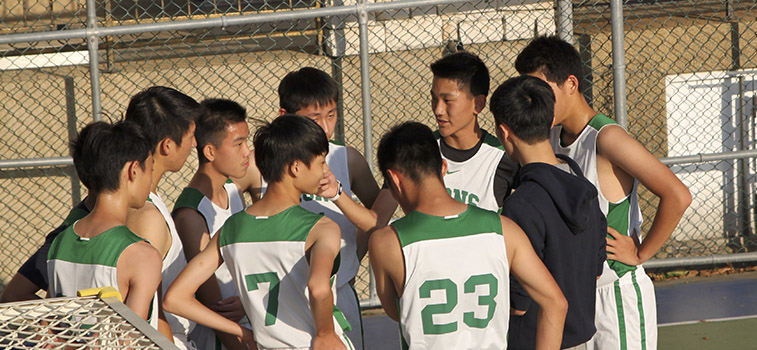
-
Computers at HIS
Open or CloseIn today's world, preparing Secondary students to use computers appropriately is critical to their future learning, rather than just learning how to manipulate software—which so many students learn at a young age. Although we were among the first in Taiwan to use Apple Macs schoolwide, we have updated our policy to include all brands of computers as our priority now is how to collaborate with others in groups through shared documents, such as Google Drive, etc. Additionally, we believe that learning through the use of technology, such as Computer Science, is an essential foundation for College preparation. We still employ class sets of textbooks as we believe in the practice of reading and varied formats for the presentation of information, such as digital resources from our subscriber database, JSTOR, or other open-sourced information available from the internet. We take plagiarism very seriously and there are consequences for this abuse.
-
Institutes
Open or CloseAt HIS we have divided up the traditional 6 grade levels into 3 Institutes. The reason for doing this is so each student can have the same set of teachers for two years who know both them and the curriculum. At the end of each institute, students will transition into the next institute upon successful completion of an Exhibition. This exhibition will demonstrate the readiness of each student to move-up to the next level compared to our student outcomes.
Each institute will consist of teams of teachers who work together to deliver the curriculum over a period of two years. Teachers will meet at least 2 times/week to discuss students and work on integration.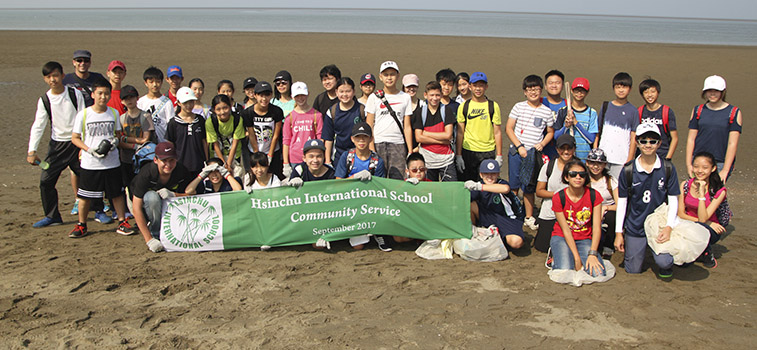
-
HIS Student Outcomes
Open or CloseUpon graduating, HIS students will be prepared to be:
1. Critical Thinkers and Problem Solvers
-who analyze and apply new information
-who use technology to help solve problems
-who are skilled questioners: able to define problems, determine what information to seek, and where to find it.
2. Effective Communicators
-who understand that communicators have a responsibility to send and receive clear messages
-who are able to use technology to effectively communicate
-who are skilled collaborative workers
3. Active Learners
-who continue to seek learning throughout their lives
-who are reflective evaluators, able to evaluate the strengths and weaknesses of their efforts, processes, and results
-who are goal oriented
4. Community Contributors
-who will give service to others
-who are socially interactive with the student body, faculty, and adult community in a relaxed and meaningful fashion
5. Persons of High Character
-who display positive ethical and moral behavior
-who are multi-culturally sensitive with a willingness to see and accept the worth of each individual
-who have a sense of perspective about who they are and what they believe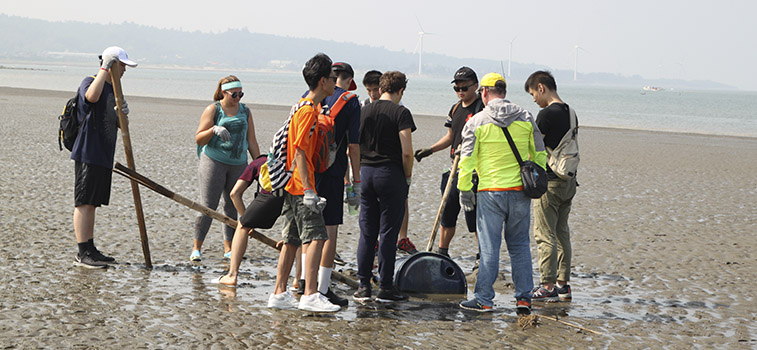
-
The Coalition of Essential Schools Common Principles
Open or Close“Do not confine your children to your own learning, for they were born in another time.” – Hebrew Proverb
Learning to Use One’s Mind Well
The school should focus on helping young people learn to use their minds well. Schools should not be "comprehensive" if such a claim is made at the expense of the school's central intellectual purpose.
Less is More, Depth over Coverage
The school's goals should be simple: that each student master a limited number of essential skills and areas of knowledge. While these skills and areas will, to varying degrees, reflect the traditional academic disciplines, the program's design should be shaped by the intellectual and imaginative powers and competencies that the students need, rather than by "subjects" as conventionally defined. The aphorism "less is more" should dominate: curricular decisions should be guided by the aim of thorough student mastery and achievement rather than by an effort to merely cover content.
Goals Apply to All Students
The school's goals should apply to all students, while the means to these goals will vary as those students themselves vary. School practice should be tailor-made to meet the needs of every group or class of students.
Personalization
Teaching and learning should be personalized to the maximum feasible extent. Efforts should be directed toward a goal that no teacher have direct responsibility for more than 80 students in the high school and middle school and no more than 20 in the elementary school. To capitalize on this personalization, decisions about the details of the course of study, the use of students' and teachers' time and the choice of teaching materials and specific pedagogies must be unreservedly placed in the hands of the principal and staff.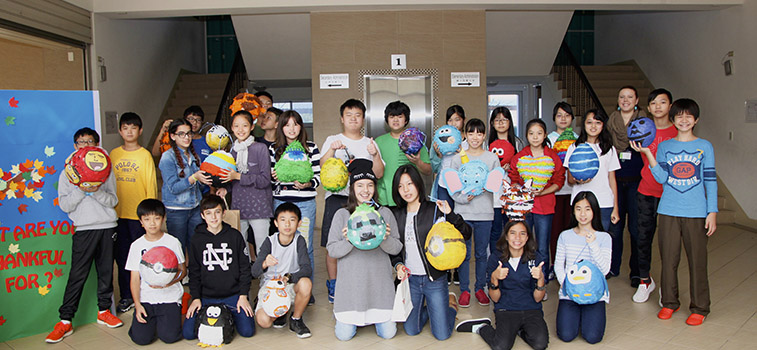 Student-as-Worker, Teacher-as-Coach
Student-as-Worker, Teacher-as-Coach
The governing practical metaphor of the school should be student-as-worker, rather than the more familiar metaphor of teacher-as-deliverer-of-instructional-services. Accordingly, a prominent pedagogy will be coaching, to provoke students to learn how to learn and thus to teach themselves.
Demonstration of Mastery
Teaching and learning should be documented and assessed with tools based on student performance of real tasks. Students not yet at appropriate levels of competence should be provided intensive support and resources to assist them quickly to meet those standards. Multiple forms of evidence, ranging from ongoing observation of the learner to completion of specific projects, should be used to better understand the learner's strengths and needs, and to plan for further assistance. Students should have opportunities to exhibit their expertise before family and community. The diploma should be awarded upon a successful final demonstration of mastery for graduation - an "Exhibition." As the diploma is awarded when earned, the school's program proceeds with no strict age grading and with no system of credits earned" by "time spent" in class. The emphasis is on the students' demonstration that they can do important things.
A Tone of Decency and Trust
The tone of the school should explicitly and self-consciously stress values of unanxious expectation ("I won't threaten you but I expect much of you"), of trust (until abused) and of decency (the values of fairness, generosity and tolerance). Incentives appropriate to the school's particular students and teachers should be emphasized. Parents should be key collaborators and vital members of the school community.
Commitment to the Entire School
The principal and teachers should perceive themselves as generalists first (teachers and scholars in general education) and specialists second (experts in but one particular discipline). Staff should expect multiple obligations (teacher-counselor-manager) and a sense of commitment to the entire school.
Resources Dedicated to Teaching and Learning
Ultimate administrative and budget targets should include student loads that promote personalization, substantial time for collective planning by teachers, competitive salaries for staff, and an ultimate per pupil cost not to exceed that at traditional schools by more than 10 percent. To accomplish this, administrative plans may have to show the phased reduction or elimination of some services now provided students in many traditional schools.
Democracy and Equity
The school should demonstrate non-discriminatory and inclusive policies, practices, and pedagogies. It should model democratic practices that involve all who are directly affected by the school. The school should honor diversity and build on the strength of its communities, deliberately and explicitly challenging all forms of inequity.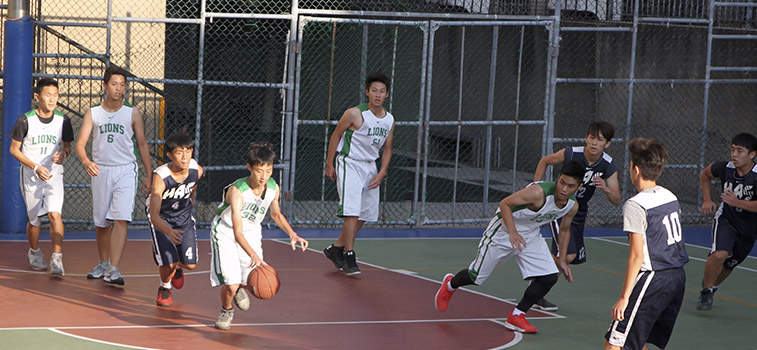
-
HIS Curriculum Distinguishers
Open or Close1. A focus on educating the whole child, academically, socially, and emotionally
2. A truly innovative 21st Century Curriculum whose philosophy is supported by The Bill and Melinda Gates Foundation, Harvard University’s Project Zero, Brown University, Columbia University, The George Lucas Educational Foundation and many others
3. A strong Advisory Program which gives each student an adult point of contact
4. An Internship program that connects learning to the real world
5. Public exhibitions in which students demonstrate mastery over the HIS Student Outcomes
6. An active commitment to engaging parents in their child’s education
7. A warm and supportive boarding school facility that promotes and fosters independence
8. Small class sizes and student/ teacher ratio
9. A unique schedule that supports our vision and gives opportunities for student exploration in topics that interest them
10. Strong relationships between the students and staff with a focus on ‘One Student at a Time’